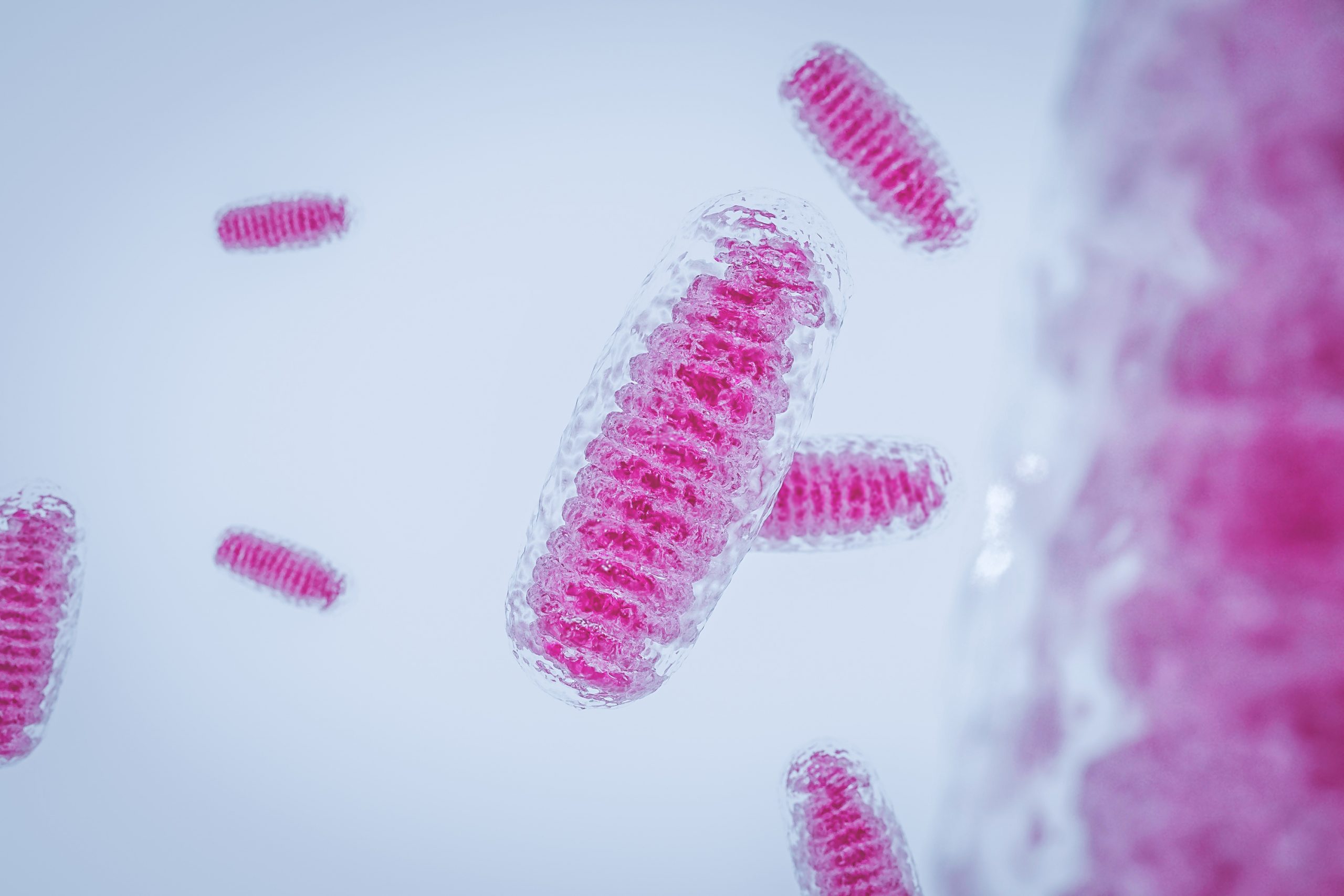
Targeting mitochondria in dermatological therapy: beyond oxidative damage and skin aging

The analysis of the role of the mitochondria in oxidative damage and skin aging has been a significant aspect of dermatological research. Mitochondria generate most reactive oxygen species (ROS) which, in excess, are cytotoxic and DNA-damaging and promote (photo-)aging. However, ROS also possesses key physiological and regulatory functions and mitochondrial dysfunction is prominent in several not primarily senescence-associated skin diseases and skin cancers. Although many standard dermatotherapeutics modulate mitochondrial function, dermatological therapy rarely targets the mitochondria. Accordingly, there is a rationale for ‘mitochondrial dermatology’-based approaches to be applied to therapeutic research.
In their paper, Wikramanayake et al. examined the functions of mitochondria in cutaneous physiology beyond energy (ATP) and ROS production. Keratinocyte differentiation and epidermal barrier maintenance, appendage morphogenesis and homeostasis, photoaging and skin cancer were considered.
Their paper evaluated thyroid hormones, glucocorticoids, Vitamin D3 derivatives, retinoids, cannabinoid receptor agonists, PPARγ agonists, thyrotropin, and thyrotropin-releasing hormone as instructive lead compounds.
Moreover, the mitochondrial protein MPZL3 as a promising new drug target for future ‘mitochondrial dermatology’ is highlighted.
In summary they highlighted the following:
-
Mitochondrial dysfunction contributes to several skin diseases, so there is a need to focus future dermatological therapy on the correction of mitochondrial pathology.
-
An estimated 10% of patients with primary mitochondrial disorders present overt skin manifestations such as hypo- and hyperpigmentation, hair abnormalities, and/or acrocyanosis.
-
The targeting of intramitochondrial proteins that profoundly impact multiple clinically relevant skin functions has the potential to create new therapeutic avenues.
-
Targeting of MPZL3 or its downstream pathways may modulate the hair cycle for the treatment of various alopecia disorders or hirsutism, or sebaceous gland functions including sebum production, or ameliorate certain inflammatory skin diseases.
-
Drug development programs for selected dermatological disorders that aim to target mitochondrial activity and biogenesis should be a research endeavor.
-
The primary challenges for translating the mito-centric line of research into real-world clinical benefits include managing drug toxicity and the identification of skin disease models.
-
A mitochondrial-centric approach in future dermatological therapy is overdue and will fertilize the field and expand its therapeutic repertoire substantially.
Future dermatological therapeutic research should have a mitochondrial medicine emphasis. Focusing on selected lead agents, protein targets, in silico drug design, and model diseases will fertilize a mito-centric approach.
Skin Ageing & Challenges 2023 will elaborate on the role of the mitochondria in skin aging and the potential of mitochondrial medicine. You can learn more about this year’s topics here.
Skin Ageing & Challenges 2023
November 9-10, 2023 – Lisbon, Portugal
www.skin-challenges.com
